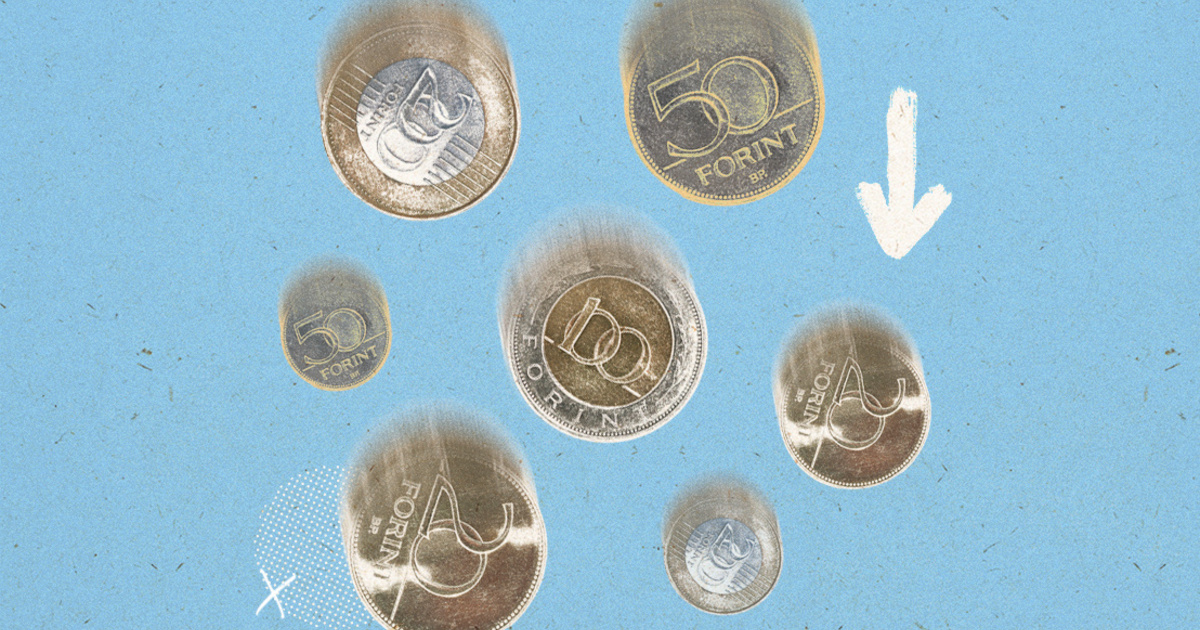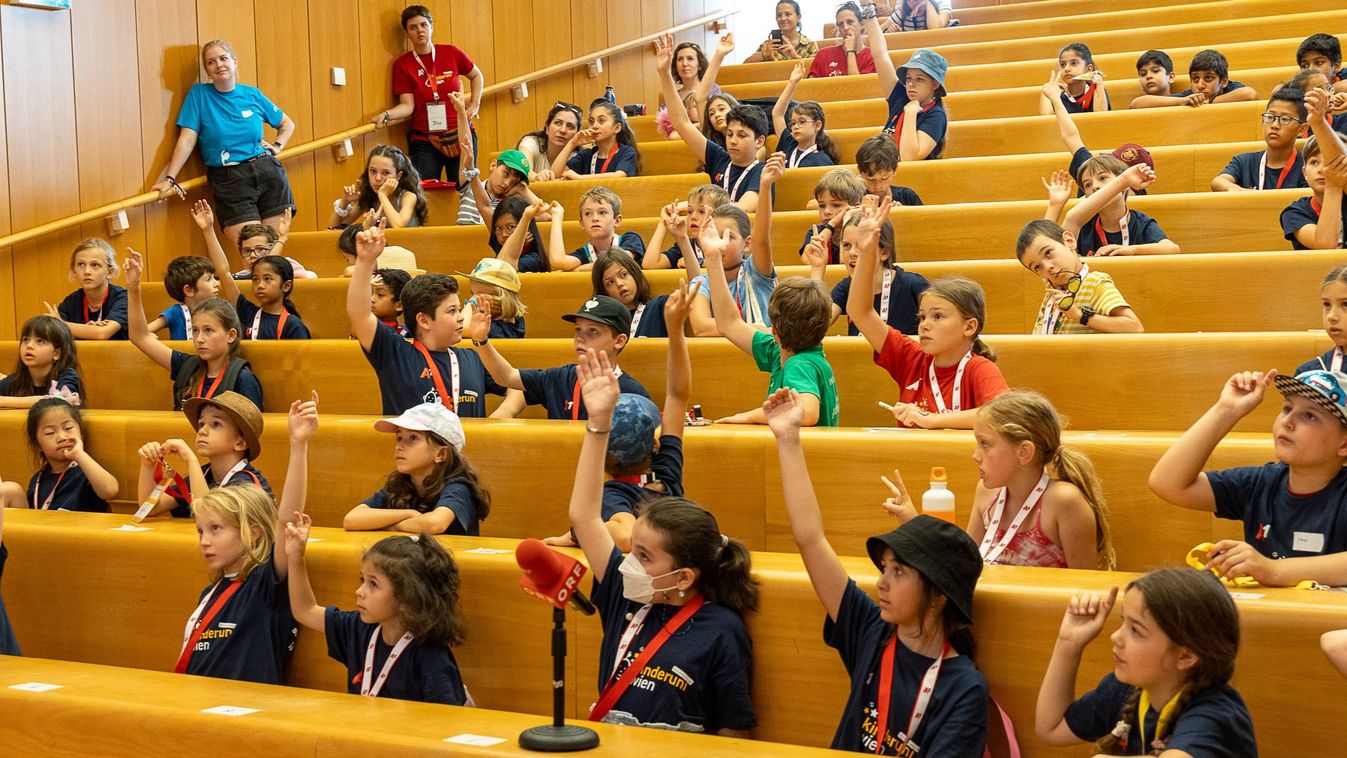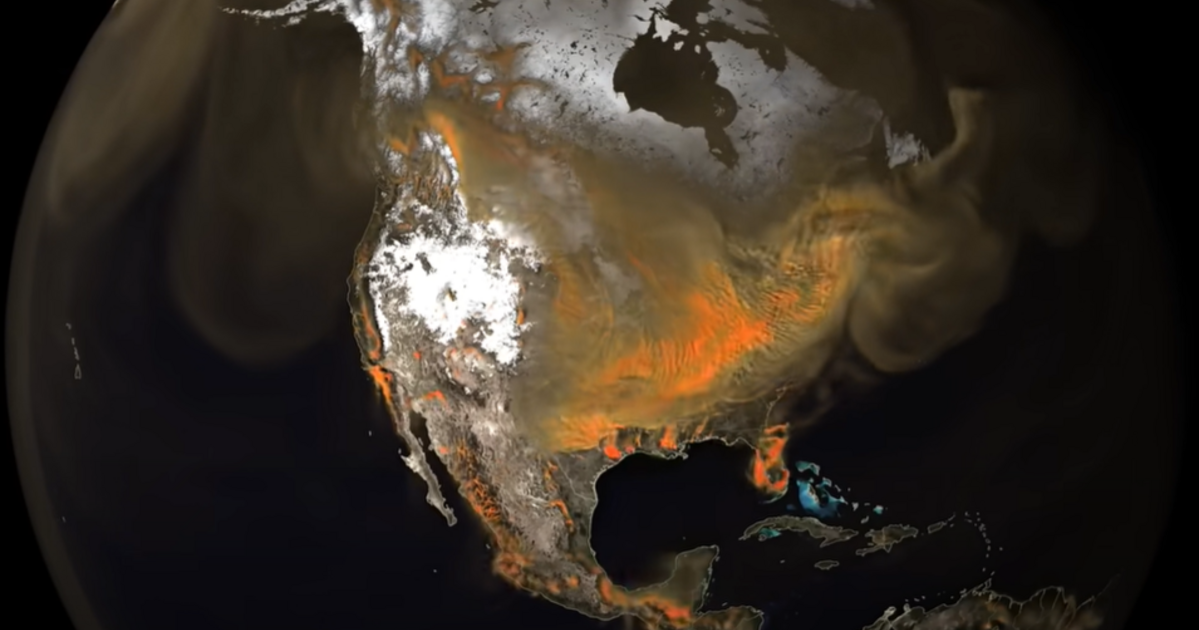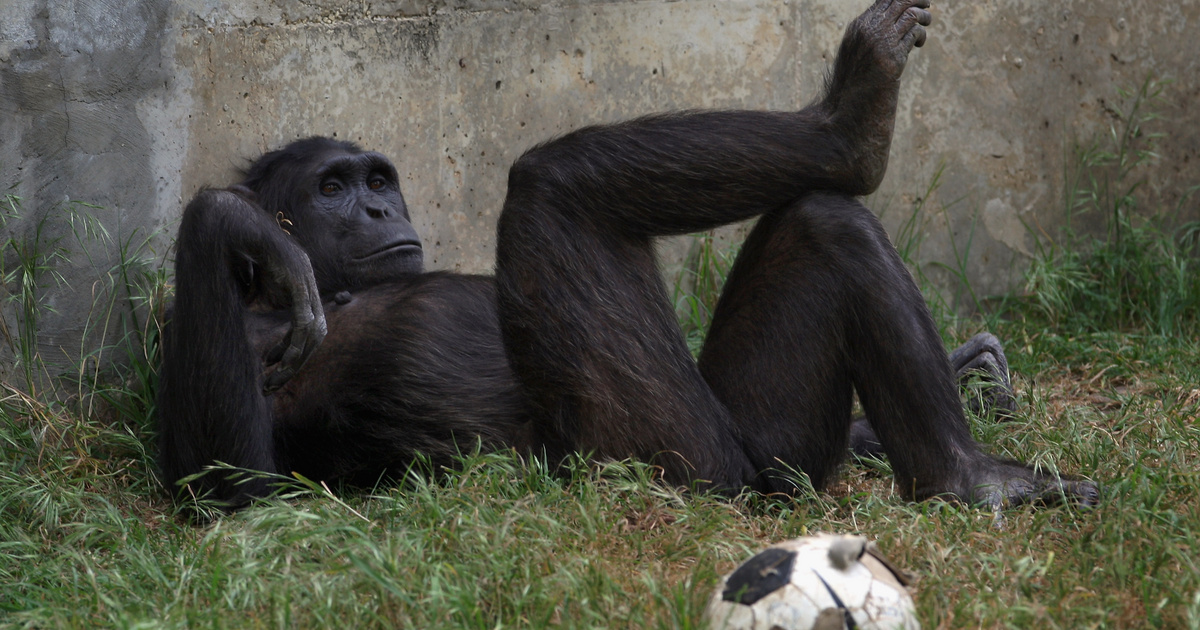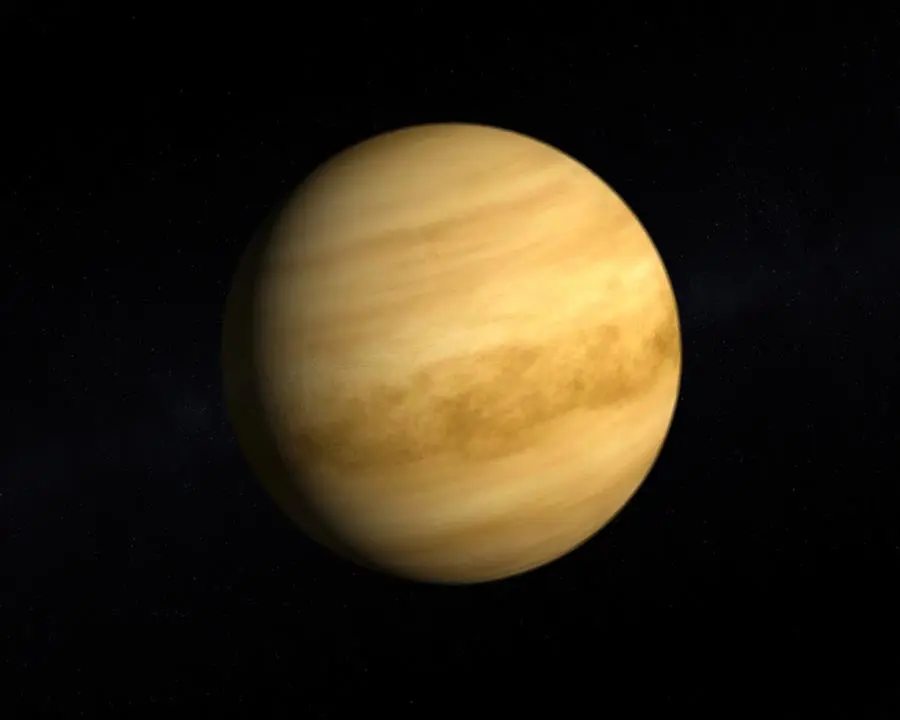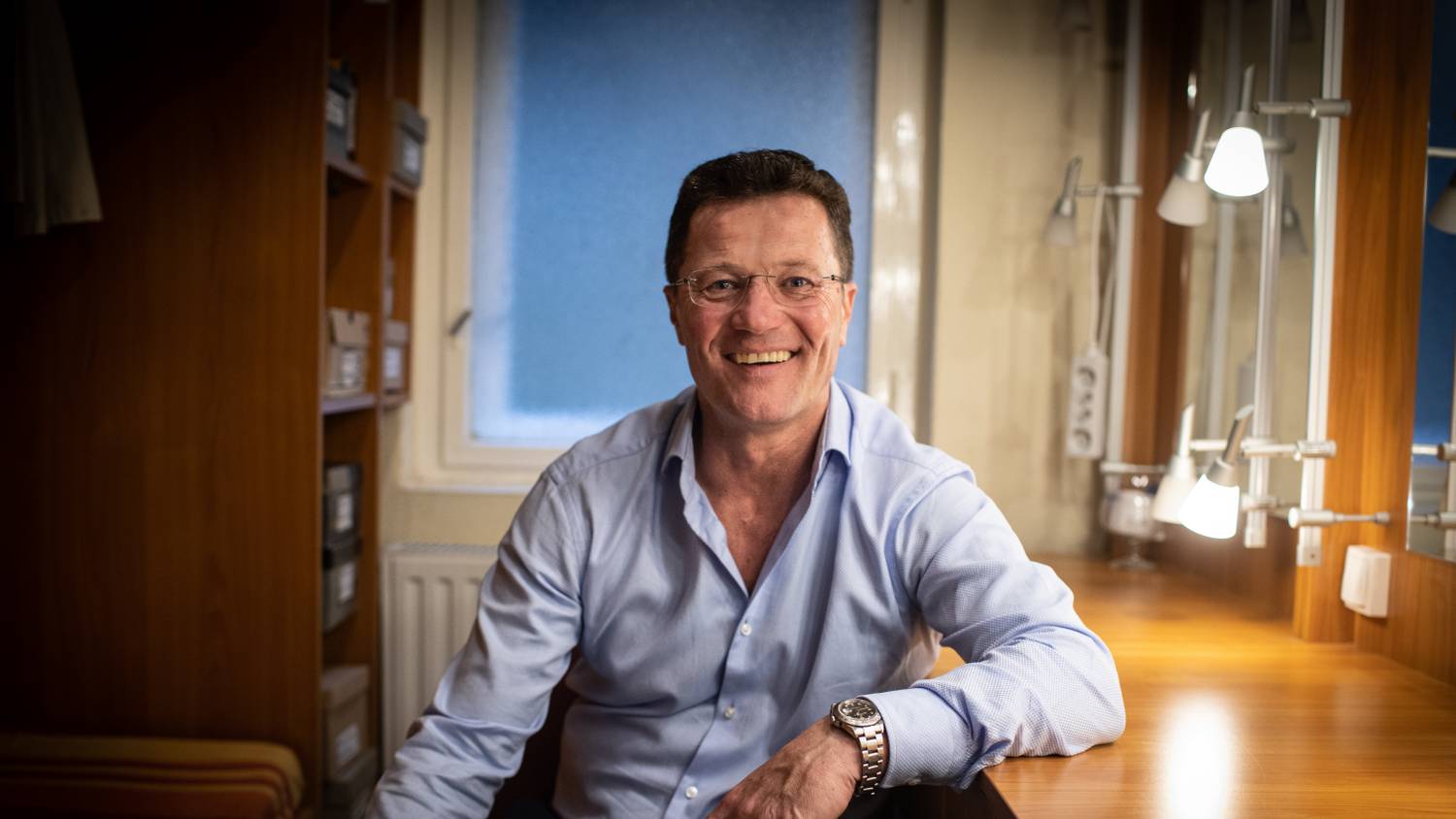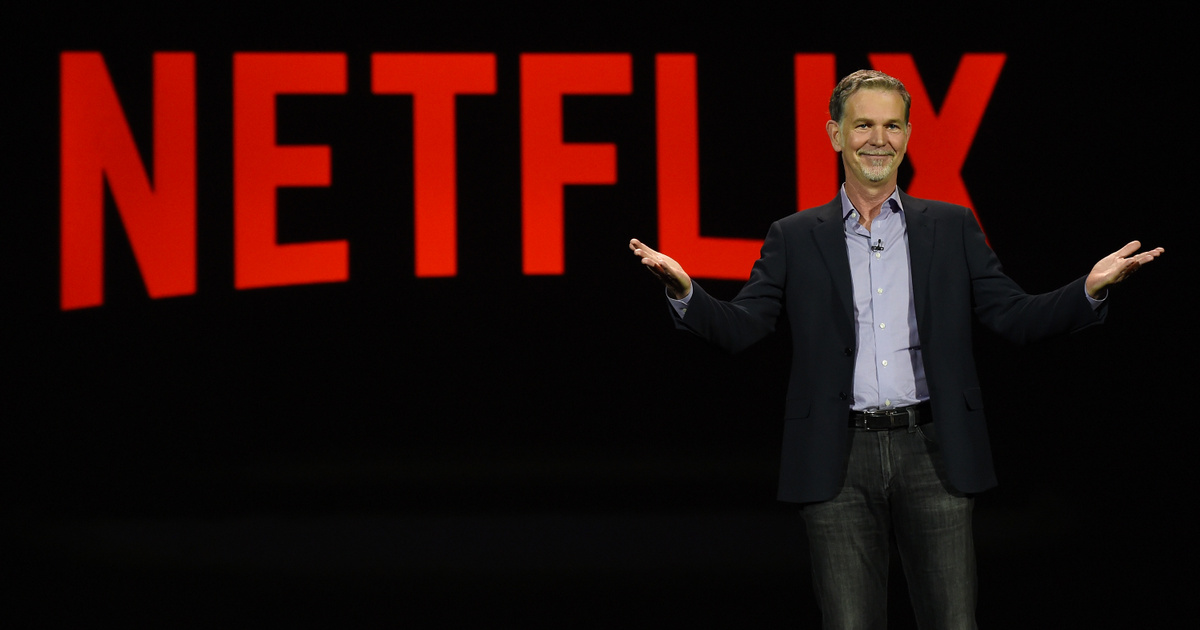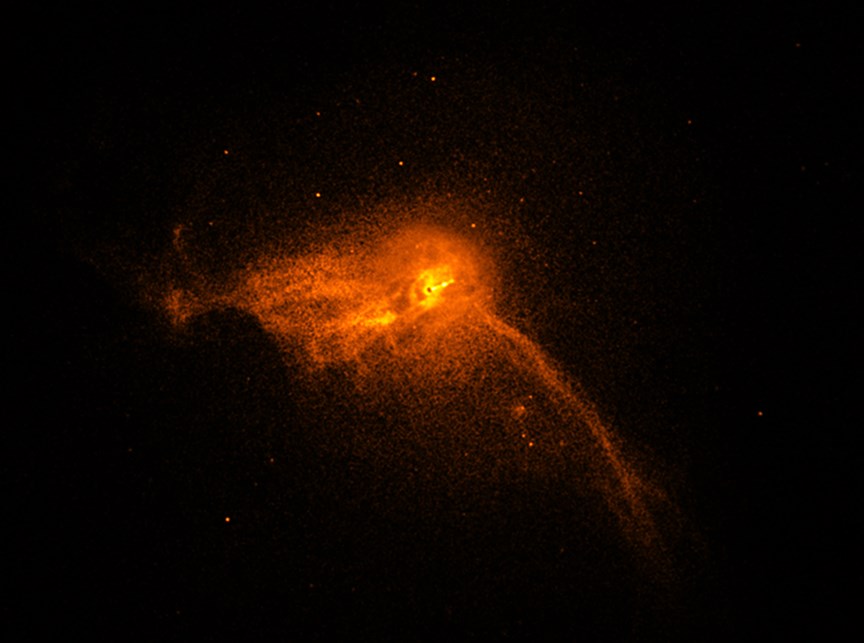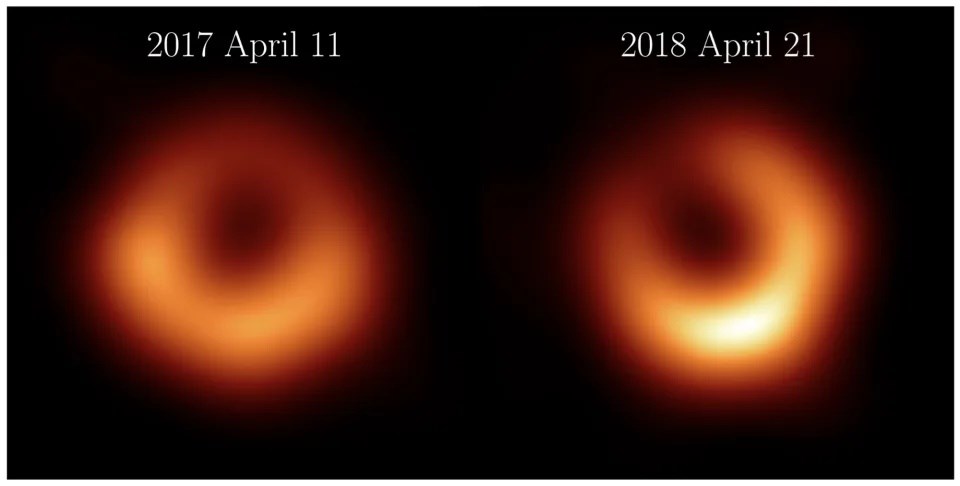[{“available”:true,”c_guid”:”74726935-3c7b-4743-b283-23bf71e5639f”,”c_author”:”hvg.hu”,”category”:”itthon”,”description”:”Késésekre, kimaradó járatokra kell számítani az érintett vonalon.”,”shortLead”:”Késésekre, kimaradó járatokra kell számítani az érintett vonalon.”,”id”:”20240122_Gazolt_a_vonat_Vecsesnel”,”image”:”https://api.hvg.hu/Img/ffdb5e3a-e632-4abc-b367-3d9b3bb5573b/74726935-3c7b-4743-b283-23bf71e5639f.jpg”,”index”:0,”item”:”b05fd2e8-4947-443b-ae75-9df2a4fa36ed”,”keywords”:null,”link”:”/itthon/20240122_Gazolt_a_vonat_Vecsesnel”,”timestamp”:”2024. január. 22. 10:27″,”title”:”Gázolt a vonat Vecsésnél, késések várhatók”,”trackingCode”:”RELATED”,”c_isbrandchannel”:false,”c_isbrandcontent”:false,”c_isbrandstory”:false,”c_isbrandcontentorbrandstory”:false,”c_isbranded”:false,”c_ishvg360article”:false,”c_partnername”:null,”c_partnerlogo”:”00000000-0000-0000-0000-000000000000″,”c_partnertag”:null},{“available”:true,”c_guid”:”f5aa0431-b008-4327-a277-1f1bdefe9c6c”,”c_author”:”MTI”,”category”:”gazdasag”,”description”:”Ha nem történik valami rendkívüli esemény, Európa úgy fordul rá a tavaszra, hogy földalatti gáztároló kapacitásának több mint fele még rendelkezésre áll.”,”shortLead”:”Ha nem történik valami rendkívüli esemény, Európa úgy fordul rá a tavaszra, hogy földalatti gáztároló kapacitásának…”,”id”:”20240122_gaztarozok_europa_toltottsegi_szint”,”image”:”https://api.hvg.hu/Img/ffdb5e3a-e632-4abc-b367-3d9b3bb5573b/f5aa0431-b008-4327-a277-1f1bdefe9c6c.jpg”,”index”:0,”item”:”4cd98ec4-81f1-42d9-b098-0a83851d7036″,”keywords”:null,”link”:”/gazdasag/20240122_gaztarozok_europa_toltottsegi_szint”,”timestamp”:”2024. január. 22. 15:57″,”title”:”Tovább csökkent a gáz ára Európában”,”trackingCode”:”RELATED”,”c_isbrandchannel”:false,”c_isbrandcontent”:false,”c_isbrandstory”:false,”c_isbrandcontentorbrandstory”:false,”c_isbranded”:false,”c_ishvg360article”:false,”c_partnername”:null,”c_partnerlogo”:”00000000-0000-0000-0000-000000000000″,”c_partnertag”:null},{“available”:true,”c_guid”:”39991dd4-d1ae-457a-b575-9077f5f63e89″,”c_author”:”HVG Könyvek”,”category”:”hvgkonyvek”,”description”:”Az előítélet az emberi világban tapasztalható egyik leggyakoribb és legaggasztóbb jelenség, mégis keveset tudunk róla. Részlet Elliot és Joshua Aronson A társas lény című könyvéből.”,”shortLead”:”Az előítélet az emberi világban tapasztalható egyik leggyakoribb és legaggasztóbb jelenség, mégis keveset tudunk róla…”,”id”:”20240121_Mi_az_eloitelet_es_hogyan_fejti_ki_hatasat”,”image”:”https://api.hvg.hu/Img/ffdb5e3a-e632-4abc-b367-3d9b3bb5573b/39991dd4-d1ae-457a-b575-9077f5f63e89.jpg”,”index”:0,”item”:”326229fd-064a-4122-83e3-19cd64f39bdc”,”keywords”:null,”link”:”/hvgkonyvek/20240121_Mi_az_eloitelet_es_hogyan_fejti_ki_hatasat”,”timestamp”:”2024. január. 21. 19:16″,”title”:”Mi az előítélet, és hogyan fejti ki hatását?”,”trackingCode”:”RELATED”,”c_isbrandchannel”:false,”c_isbrandcontent”:false,”c_isbrandstory”:false,”c_isbrandcontentorbrandstory”:false,”c_isbranded”:false,”c_ishvg360article”:false,”c_partnername”:null,”c_partnerlogo”:”00000000-0000-0000-0000-000000000000″,”c_partnertag”:null},{“available”:true,”c_guid”:”dd6955b0-22a0-43a4-90da-622d70a635cf”,”c_author”:”hvg.hu”,”category”:”gazdasag.ingatlan”,”description”:”A G7 gyűjtése szerint a magyar háztartások 4 százalékánál ki van építve a napelem.”,”shortLead”:”A G7 gyűjtése szerint a magyar háztartások 4 százalékánál ki van építve a napelem.”,”id”:”20240122_magyar_haztartasok_napelem_G7″,”image”:”https://api.hvg.hu/Img/ffdb5e3a-e632-4abc-b367-3d9b3bb5573b/dd6955b0-22a0-43a4-90da-622d70a635cf.jpg”,”index”:0,”item”:”4db15b49-4239-475e-b6bb-807cb95010cc”,”keywords”:null,”link”:”/ingatlan/20240122_magyar_haztartasok_napelem_G7″,”timestamp”:”2024. január. 22. 13:39″,”title”:”Van egy olyan magyar település, ahol minden ötödik házon napelem van”,”trackingCode”:”RELATED”,”c_isbrandchannel”:false,”c_isbrandcontent”:false,”c_isbrandstory”:false,”c_isbrandcontentorbrandstory”:false,”c_isbranded”:false,”c_ishvg360article”:false,”c_partnername”:null,”c_partnerlogo”:”00000000-0000-0000-0000-000000000000″,”c_partnertag”:null},{“available”:true,”c_guid”:”5cfaf127-0c2c-4d5c-be2a-64f251955f7c”,”c_author”:”hvg.hu”,”category”:”cegauto”,”description”:”Hasonló csalásról a MÁV is beszámolt.”,”shortLead”:”Hasonló csalásról a MÁV is beszámolt.”,”id”:”20240121_Csalok_hirdetnek_ingyenes_utazast_a_Volanbusz_neveben”,”image”:”https://api.hvg.hu/Img/ffdb5e3a-e632-4abc-b367-3d9b3bb5573b/5cfaf127-0c2c-4d5c-be2a-64f251955f7c.jpg”,”index”:0,”item”:”6761a2ec-04bd-49e8-b272-a73bfbe1aaf7″,”keywords”:null,”link”:”/cegauto/20240121_Csalok_hirdetnek_ingyenes_utazast_a_Volanbusz_neveben”,”timestamp”:”2024. január. 21. 12:35″,”title”:”Csalók hirdetnek ingyenes utazást a Volánbusz nevében”,”trackingCode”:”RELATED”,”c_isbrandchannel”:false,”c_isbrandcontent”:false,”c_isbrandstory”:false,”c_isbrandcontentorbrandstory”:false,”c_isbranded”:false,”c_ishvg360article”:false,”c_partnername”:null,”c_partnerlogo”:”00000000-0000-0000-0000-000000000000″,”c_partnertag”:null},{“available”:true,”c_guid”:”8870ce3c-7250-49e4-910c-a9ad7a82b04b”,”c_author”:”László Ferenc”,”category”:”cegauto”,”description”:”Hazai utakon, téli körülmények mellett fogtuk vallatóra a Honda első európai plugin hibrid modelljét és második elektromos autóját. Teszten a nehezen megjegyezhető nevű új CR-V e:PHEV és e:Ny1.”,”shortLead”:”Hazai utakon, téli körülmények mellett fogtuk vallatóra a Honda első európai plugin hibrid modelljét és második…”,”id”:”20240121_teszt_mit_tudnak_a_legujabb_2025_millio_forintos_plugin_hibrid_es_elektromos_honda_crv_phev_eny1″,”image”:”https://api.hvg.hu/Img/ffdb5e3a-e632-4abc-b367-3d9b3bb5573b/8870ce3c-7250-49e4-910c-a9ad7a82b04b.jpg”,”index”:0,”item”:”2b5e679a-6236-431a-870a-06f1401decce”,”keywords”:null,”link”:”/cegauto/20240121_teszt_mit_tudnak_a_legujabb_2025_millio_forintos_plugin_hibrid_es_elektromos_honda_crv_phev_eny1″,”timestamp”:”2024. január. 21. 07:21″,”title”:”Teszt: mit tudnak a legújabb 20-25 millió forintos plugin hibrid és elektromos Hondák?”,”trackingCode”:”RELATED”,”c_isbrandchannel”:false,”c_isbrandcontent”:false,”c_isbrandstory”:false,”c_isbrandcontentorbrandstory”:false,”c_isbranded”:false,”c_ishvg360article”:false,”c_partnername”:null,”c_partnerlogo”:”00000000-0000-0000-0000-000000000000″,”c_partnertag”:null},{“available”:true,”c_guid”:”18d69630-74b1-411f-8624-c51718e3a6bd”,”c_author”:”HVG360″,”category”:”360″,”description”:”Az osztrák újságírás magyar születésű doyenje a Die Pressének adott interjút, melyben a demokráciák állapotáról és az osztrák belpolitikáról is beszélt.”,”shortLead”:”Az osztrák újságírás magyar születésű doyenje a Die Pressének adott interjút, melyben a demokráciák állapotáról és…”,”id”:”20240121_paul_lendvai_die_presse_orban_putyin_hszi_le_pen_nehammer_kurz_ausztria_schengen”,”image”:”https://api.hvg.hu/Img/ffdb5e3a-e632-4abc-b367-3d9b3bb5573b/18d69630-74b1-411f-8624-c51718e3a6bd.jpg”,”index”:0,”item”:”c259eade-5a86-4cb5-a2bb-a034d64b68be”,”keywords”:null,”link”:”/360/20240121_paul_lendvai_die_presse_orban_putyin_hszi_le_pen_nehammer_kurz_ausztria_schengen”,”timestamp”:”2024. január. 21. 09:00″,”title”:”Paul Lendvai: A diktatúrák, ahogy az orbáni rendszer is, nem ismerhetik el, hogy hibáztak”,”trackingCode”:”RELATED”,”c_isbrandchannel”:false,”c_isbrandcontent”:false,”c_isbrandstory”:false,”c_isbrandcontentorbrandstory”:false,”c_isbranded”:false,”c_ishvg360article”:true,”c_partnername”:null,”c_partnerlogo”:”00000000-0000-0000-0000-000000000000″,”c_partnertag”:null},{“available”:true,”c_guid”:”cd2e920e-deac-4bc7-8021-b7f0ef254748″,”c_author”:”Murányi Gábor”,”category”:”360″,”description”:”Lenin száz évvel ezelőtti halálával a korabeli magyar sajtóban is kiemelten foglalkoztak, s a temetésig valóságos kommentárláz tombolt, néhány félreértéssel és több telitalálattal. Vörös cár, Antikrisztus, legvérengzőbb zsarnok – írták róla, de szorgosan beszámoltak arról is, hogy \”a mínusz 30 fokos hidegben négy nap alatt mintegy egymillió gyászoló vonult el\” a Vörös téri ideiglenes mauzóleum előtt és \”200 ezer ember kérte azonnali felvételét a bolsevik pártba\”. “,”shortLead”:”Lenin száz évvel ezelőtti halálával a korabeli magyar sajtóban is kiemelten foglalkoztak, s a temetésig valóságos…”,”id”:”20240121_100_eve_halt_meg_Lenin_Szovjetunio_Sztalin_Trockij_magyar_sajto”,”image”:”https://api.hvg.hu/Img/ffdb5e3a-e632-4abc-b367-3d9b3bb5573b/cd2e920e-deac-4bc7-8021-b7f0ef254748.jpg”,”index”:0,”item”:”2a47ace0-ac84-44af-9771-322b38d95f82″,”keywords”:null,”link”:”/360/20240121_100_eve_halt_meg_Lenin_Szovjetunio_Sztalin_Trockij_magyar_sajto”,”timestamp”:”2024. január. 21. 12:00″,”title”:”Lenin 100 évvel ezelőtti halálakor a bolsevikellenes magyar sajtó belesétált a szovjet propaganda csapdájába”,”trackingCode”:”RELATED”,”c_isbrandchannel”:false,”c_isbrandcontent”:false,”c_isbrandstory”:false,”c_isbrandcontentorbrandstory”:false,”c_isbranded”:false,”c_ishvg360article”:true,”c_partnername”:null,”c_partnerlogo”:”00000000-0000-0000-0000-000000000000″,”c_partnertag”:null}]














